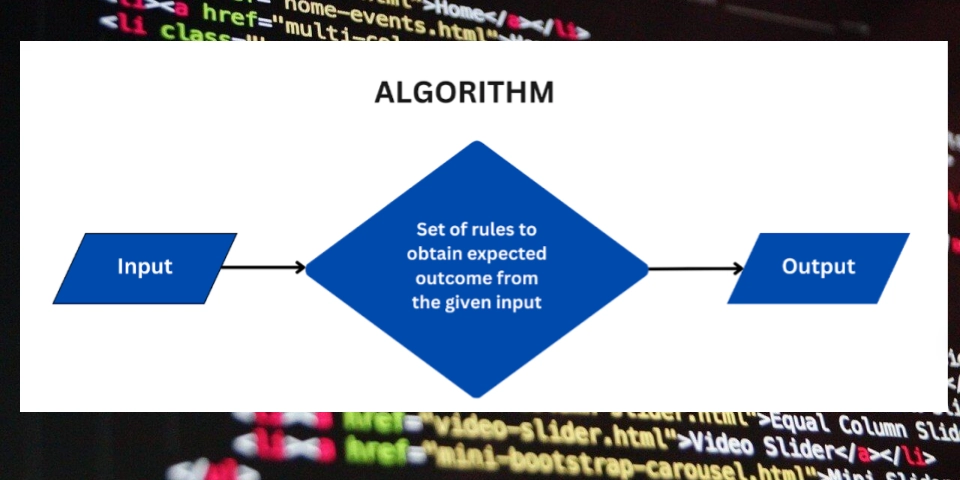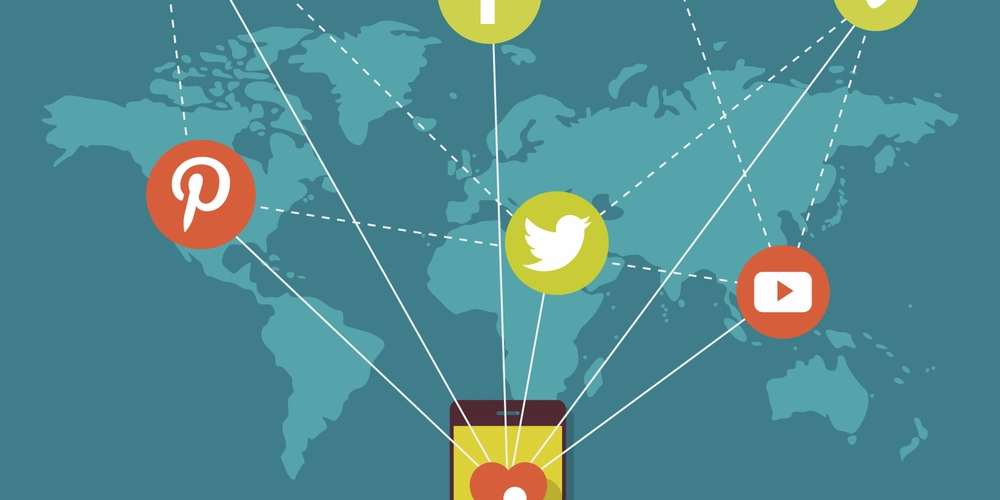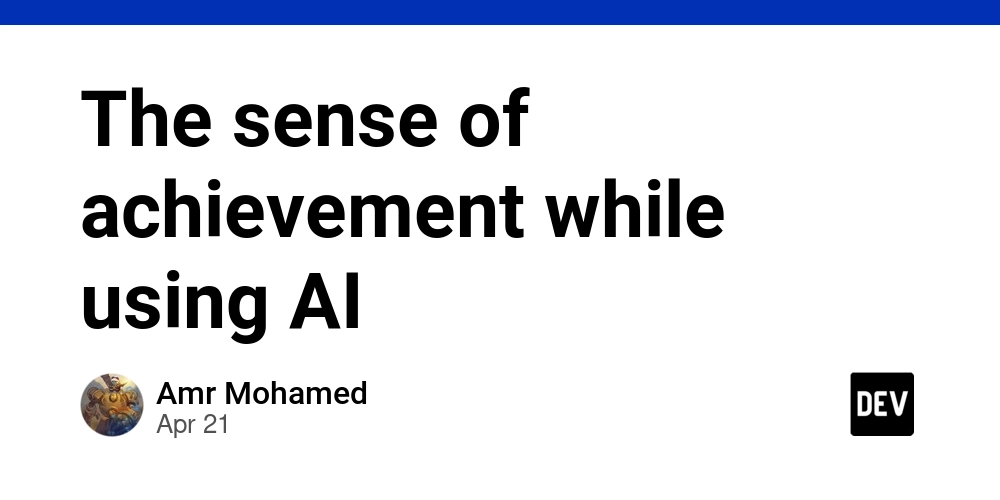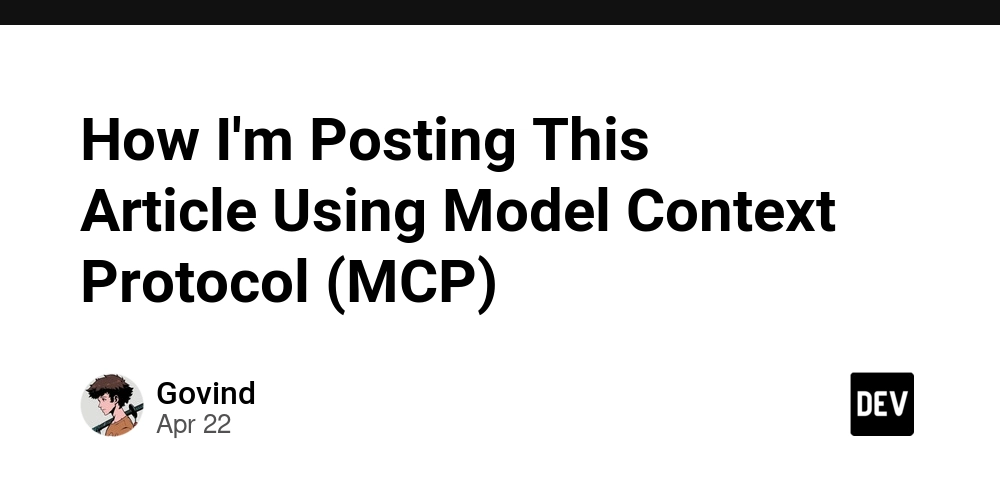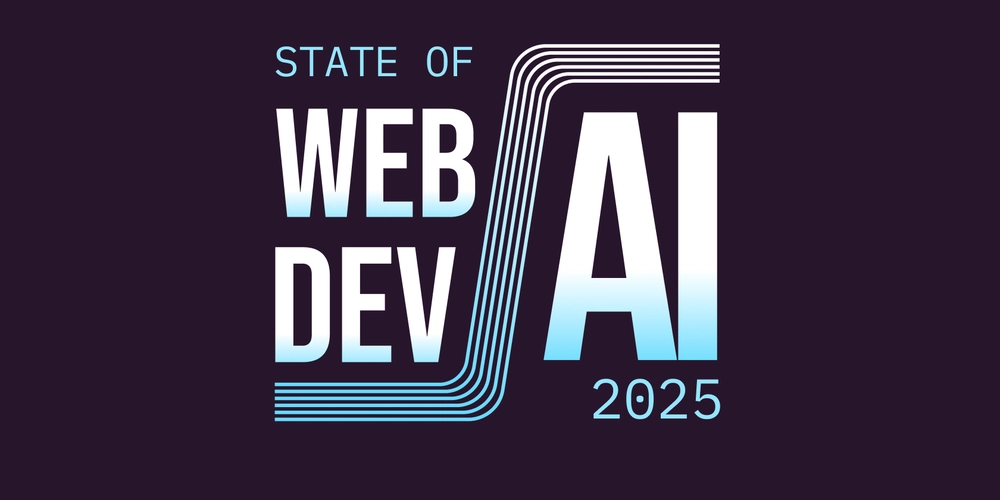
Is Your Country Safe? Understanding Modern Cyber Warfare Tactics and Protection
Cyber warfare is no longer a futuristic threat; it's happening right now. Nation-states and malicious groups are constantly launching digital attacks, targeting everything from critical infrastructure to personal data. Are you prepared to defend against the increasing threat of digital conflict?
What is Cyber Warfare and Why Should You Care?
Cyber warfare is the use of technology to attack a nation, organization, or individual, causing damage comparable to traditional warfare. Instead of bombs and bullets, cyber warfare employs malicious code to disrupt essential services, steal sensitive data, and spread propaganda.
- Think economic collapse.
- Political manipulation.
- Paralyzed infrastructure.
This is not just a concern for governments; businesses and individuals are also vulnerable. Understanding cyber warfare helps you better protect yourself and your assets.
The Sneaky Tactics of Cyber Warfare: Recognizing the Digital Battlefield
The methods used in cyber warfare are constantly evolving, making defense a continuous challenge. Here are some common attack methods:
- Economic Sabotage: Crippling financial systems to destabilize a nation's economy.
- Digital Espionage: Stealing secrets from governments and defense organizations using network intrusion.
- Grid Attacks: Targeting power grids and communication networks to cause mass outages.
- Information Warfare: Spreading misinformation and propaganda to manipulate public opinion.
- Denial-of-Service (DoS) Attacks: Overwhelming systems with traffic to shut them down completely.
- Insider Threats & Sabotage: Exploiting compromised employees to damage systems from within.
Each cyber warfare tactic is designed to undermine trust, disrupt operations, and gain an advantage without physical force. Recognize these evolving threats to be prepared.
Real-World Cyber Warfare Examples: Learning from Past Attacks
History provides stark warnings about the impact of cyber warfare. These incidents illustrate the real-world and political consequences involved:
- Stuxnet: A sophisticated worm that damaged Iran's nuclear centrifuges, setting back their nuclear program.
- Fancy Bear: A Russian hacking group that compromised Ukrainian artillery systems, impacting their defense capabilities.
- Sony Pictures Hack: An attack attributed to North Korea in response to a controversial film, demonstrating the use of cyber tactics for political intimidation.
These events show the destructive power of cyber attacks and how they can be used to influence diplomacy, military readiness, and public safety.
Am I Safe? Protecting Yourself from Cyber Warfare Campaigns
Governments, organizations, and individuals need to take cyber warfare seriously. Defending against these threats requires a multi-layered approach. Consider these essential strategies:
- Regularly Assess Cyber Risks and Vulnerabilities: Identify potential weaknesses in your systems and networks.
- Keep Cybersecurity Tools Updated: Ensure your software, firewalls, and antivirus programs get regular updates.
- Educate Users & Implement Robust Access Controls: Train employees to recognize phishing attempts and enforce strong password policies.
- Invest in Threat Detection Technologies: Utilize AI-powered solutions to identify and neutralize threats before they cause damage.
Pro Tip: Consider implementing solutions like CloudDefense.AI, which leverage AI and attack path modeling to proactively detect and neutralize cyber threats.
Secure Your Future: The Essential Step for Resilience in Modern Cyber Warfare
Cyber warfare is a persistent and evolving threat. Building a robust cybersecurity posture is crucial for protecting national security and ensuring the continuity of your organization.




